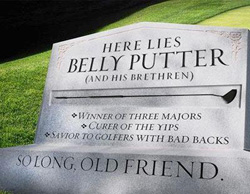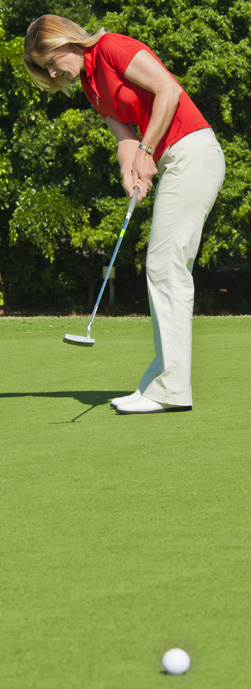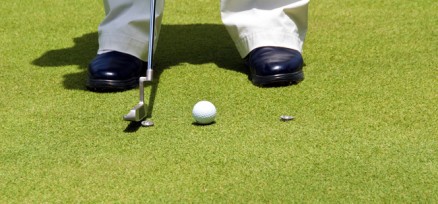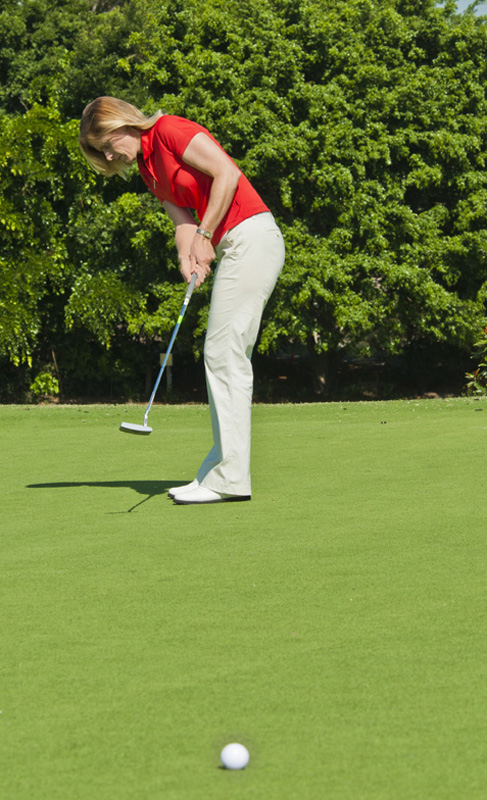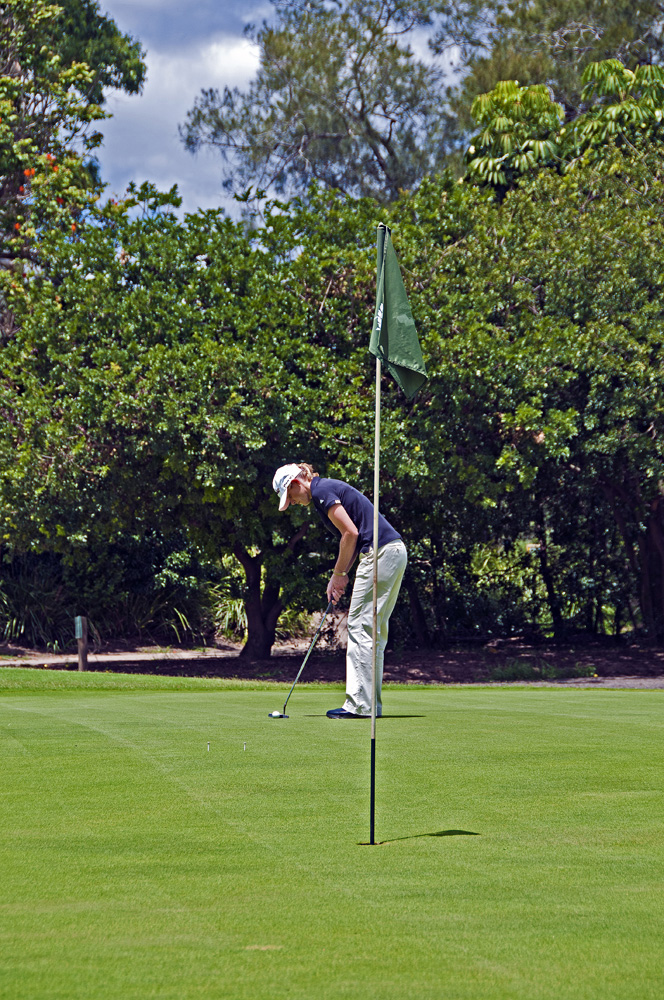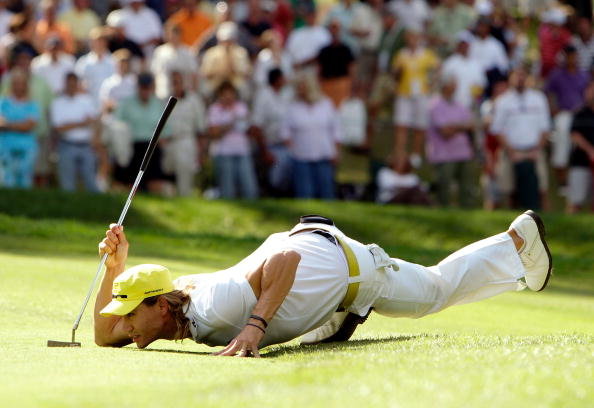Anchoring the Putter – Ban
In Technical , posted by Virginia on - Leave a comment
On November 28, the USGA proposed a rule change that will prohibit anchoring the putter when putting. This proposed rule change would take effect January 2016, but would still allow for the use of belly and long putters as long as they are not anchored to the body.
I have tried using a belly putter, but it did not work for me. I felt very restricted and lost the feel. With that said, I have never had a problem with other players using the anchoring method. There are many reasons why golfers use it, including to protect the back and to steady the wrists.
The USGA says it is making the proposed rule change not because they feel anchoring a putt is an advantage, but because they feel it hurts the integrity of the game. The USGA said that the long-term interests of the game would be served by confirming a stroke as the swinging of the entire club at the ball.
“Throughout the 600-year history of golf, the essence of playing the game has been to grip the club with the hands and swing it freely at the ball,” said USGA Executive Director Mike Davis. “The player’s challenge is to control the movement of the entire club in striking the ball, and anchoring the club alters the nature of that challenge. Our conclusion is that the Rules of Golf should be amended to preserve the traditional character of the golf swing by eliminating the growing practice of anchoring the club,”
When it comes to protecting the integrity of the game, I am all for it. But with almost 1 million golfers leaving the game each year, we need to make sure we keep the game friendly and fun. I don’t know if this rule change will hurt the game, but I don’t see how it will grow the game either. No matter what the outcome of the proposal is, this is a big decision in golf. Many players around the world and especially those on the pro tour, will have very different perspectives.
What do you think?

